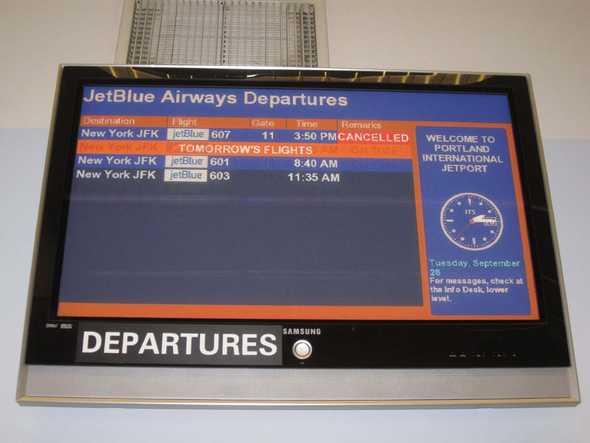Planning the trip, Part III
This is the conclusion of how I planned my month long travels. You can read the first and second part.
Planning for a month of traveling is complex on its own. But executing the plan can be much harder. Keeping track of the details was a challenge, and felt overwhelming. Using a combination of TripIt and a tool I developed myself, I was able to keep things straight, for the most part.
Writing everything down on paper or in a digital format is critical to keeping it all straight. When I changed a flight, being able to “delete” it from the itinerary and replace it with the details of the new plans made it much less daunting. I have a number of versions of my plan, with flights, attractions, and places scratched out.
The challenge came when changes were made while on the trip. My relatively fixed schedule of flights meant that if I removed a flight that got me from point A to point B, I had to figure out how I would make the next flight from point B to point C. This either meant a flight from point A to point C directly, or adding a different point B.
These changes aren’t all that difficult when you’re sitting at home, safe, and have a few days to figure out how to make up for these gaps. But in a hotel room, at the end of a long day, which really started the day before with a five hour nap on a redeye, and a flaky or non-existent internet connection, a simple change can make you want to throw the folder of travel plans against the wall!
To add complexity to making changes while on the trip, being on the phone for up to or more than an hour to change something as simple as a reservation can make things very frustrating. After the first couple of calls, it became normal waiting on hold, getting disconnected, calling back and waiting for someone who could make the changes.
If you’re not at home, or in a hotel, the worst place to make changes is at the airport. I checked in for my flight in Portland, Maine, but found out it was cancelled due to weather at New York. The people behind the counter could not handle the AYCJ reservations, which meant another call to the AYCJ desk.
After nearly an hour of trying every possible alternative, there were two options. I could wait until the next flight which was 24 hours later (unfortunately Portland isn’t a very popular airport), or I could find my own way to Boston where I could get on my way a little faster. Before I had researched “my own way” to Boston, I had a flight leaving from Boston.
This is where asking the locals for travel advice came in handy. I found out there was a bus to Boston, and eventually got back on track with only one destination lost in the mess.
If I could plan it again, I wouldn’t change much. Hopping from one place to the next with adequate time in each location was a great experience. With most of the changes out of my control, even a plan B would have been difficult to accomplish. When the airport is shut down, there are no planes leaving.
When planning a trip, expect that the plans might blow up. Weather is unpredictable, aircraft break, and humans oversleep. Accept the change, move on, and enjoy what comes next. It is suppose to be a vacation.

